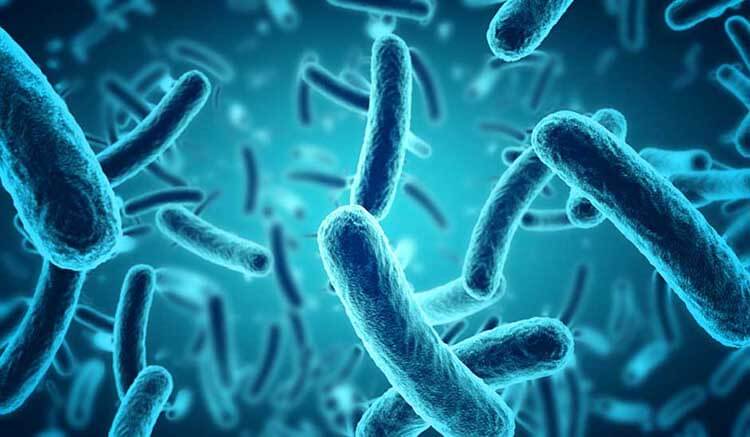 As Chicago and the surrounding areas continue to suffer from problems associated with aging water lines, increased flooding, and stormwater pollution, the construction, finance, and real estate must get their act together to save the local environment.
As Chicago and the surrounding areas continue to suffer from problems associated with aging water lines, increased flooding, and stormwater pollution, the construction, finance, and real estate must get their act together to save the local environment.
The Chicago government safeguards environmental quality, consistent with the social and economic needs of the State, so as to protect health, welfare, property and the quality of life in the region.
Recently workers pumped a slurry of water and sediment into the Chicago River from the construction site at 110 N. Wacker Drive. Manganese pollution in the Southeast Side yards prompted new concerns with the dangers that all construction sites in the city can bring to the people’s health.
Water pollution is another problem from construction sites, and it is caused by the run-off of debris, dirt, diesel, oil, paints, and other harmful chemicals into the drains if in an urban site, or into a local waterway if the construction site is more rural.
Chicago’s unusual wastewater disposal history was conditioned by the location of the city at the juncture of Lake Michigan and the Chicago River. Initially, the city used the lake to supply water and to dispose of wastes. Beginning in the 1850s on an informal basis, and in 1871 on a formal basis, Chicago flushed its wastewater into the Lake. The Chicago River, which was once a polluted eyesore, saw its fortunes improve significantly at the turn of the 20th century when engineers reversed its flow to send pollution away from Lake Michigan and into smaller streams.
The Chicago Sanitary and Ship Canal, historically known as the Chicago Drainage Canal, is a 28-mile-long canal system that connects the Chicago River to the Des Plaines River. It reverses the direction of the Main Stem and the South Branch of the Chicago River, which now flows out of Lake Michigan rather than into it.
Water pollution illegally dumped from the Metropolitan Water Reclamation District’s three sewage treatment plants and combined sewer overflow pipes has created a plume of harmful impacts stretching from Chicago all the way to the Gulf of Mexico, according to notice of a suit delivered to the MWRD.
Four companies have been sued for allegedly violating water pollution laws after workers were caught on social media pumping filthy water from a Wacker Drive construction site directly into the river.
The Trump International Hotel and Tower is a skyscraper condo-hotel in downtown Chicago, Illinois.The building, named after businessman and current U.S. President Donald Trump, was designed by architect Adrian Smith of Skidmore, Owings and Merrill. Even such a landmark has created controversy recently due to the way their are reportedly not paying attention to how they pollute their surroundings this the mismanagement of their waste.
But Chicago pollution is on the radar screen of the local government and it you are living there or plan on moving there, you should not be too worried as things are not as bad as this article makes them sound. Lake Michigan is a huge water reserve next to the city, and it helps preserving the environment. You can even get a flat overlloking the lake with a great view, if you use the services of a quality local Chicago agent with a good supply of luxurious properties.
